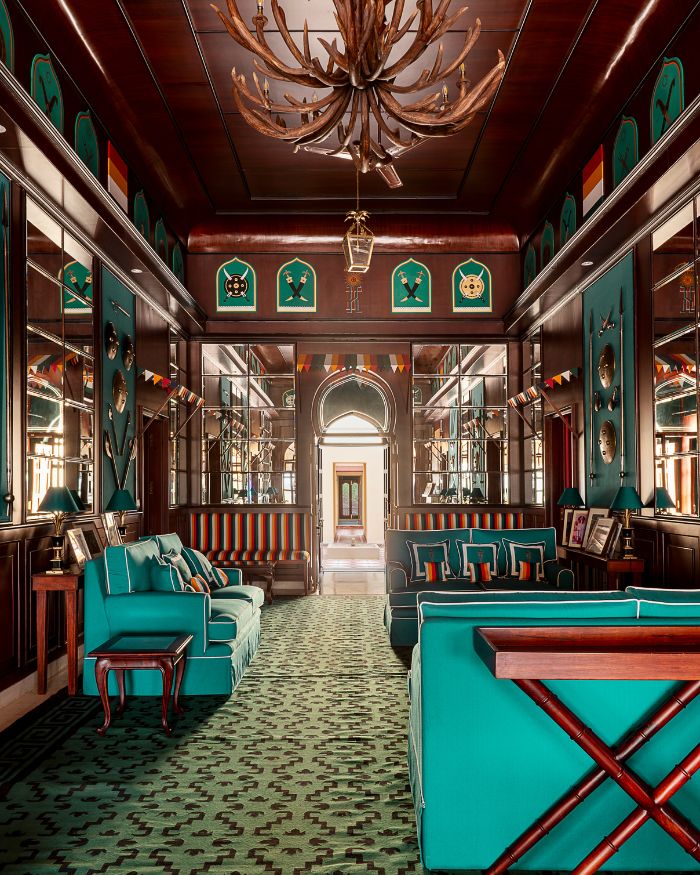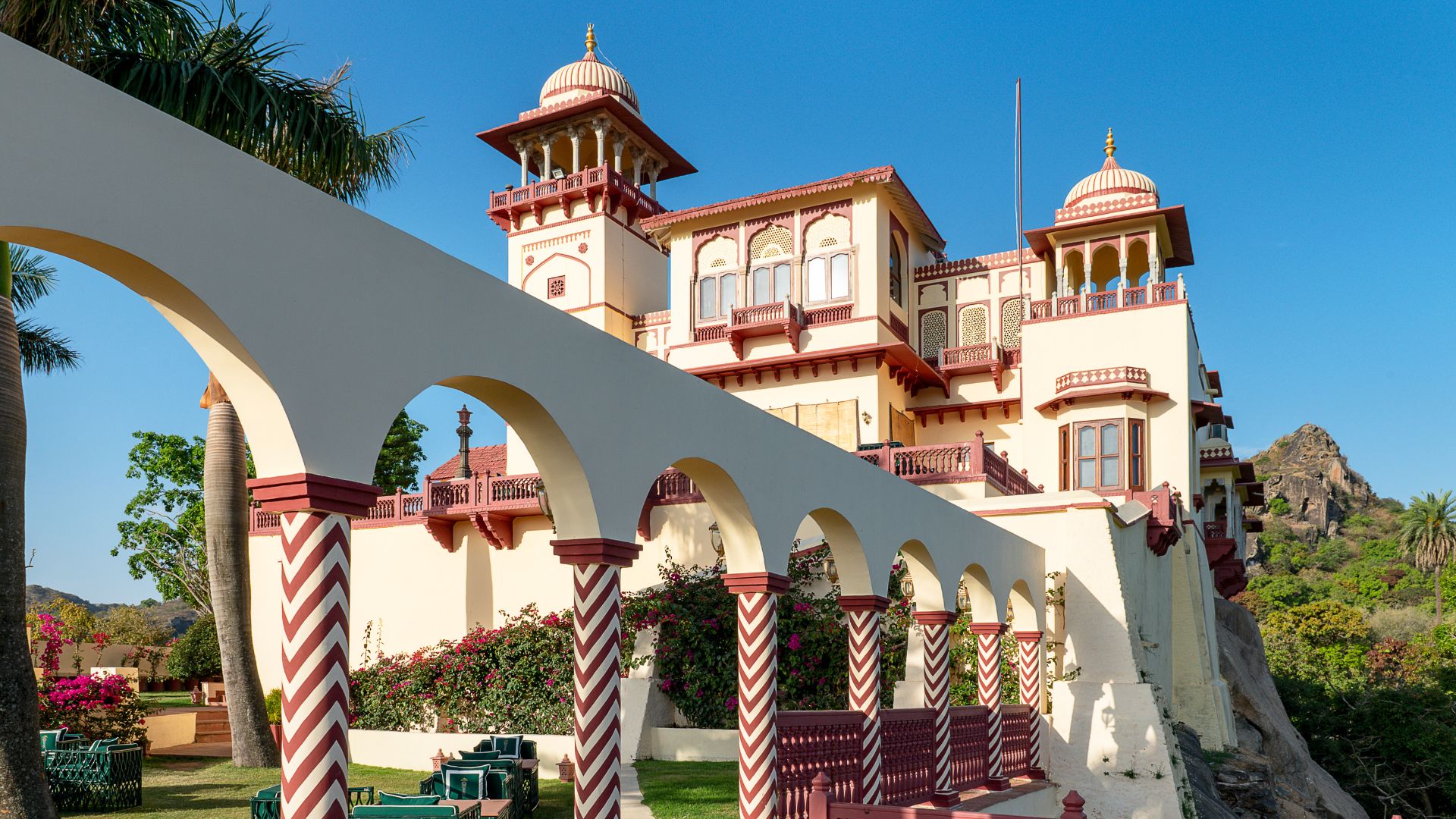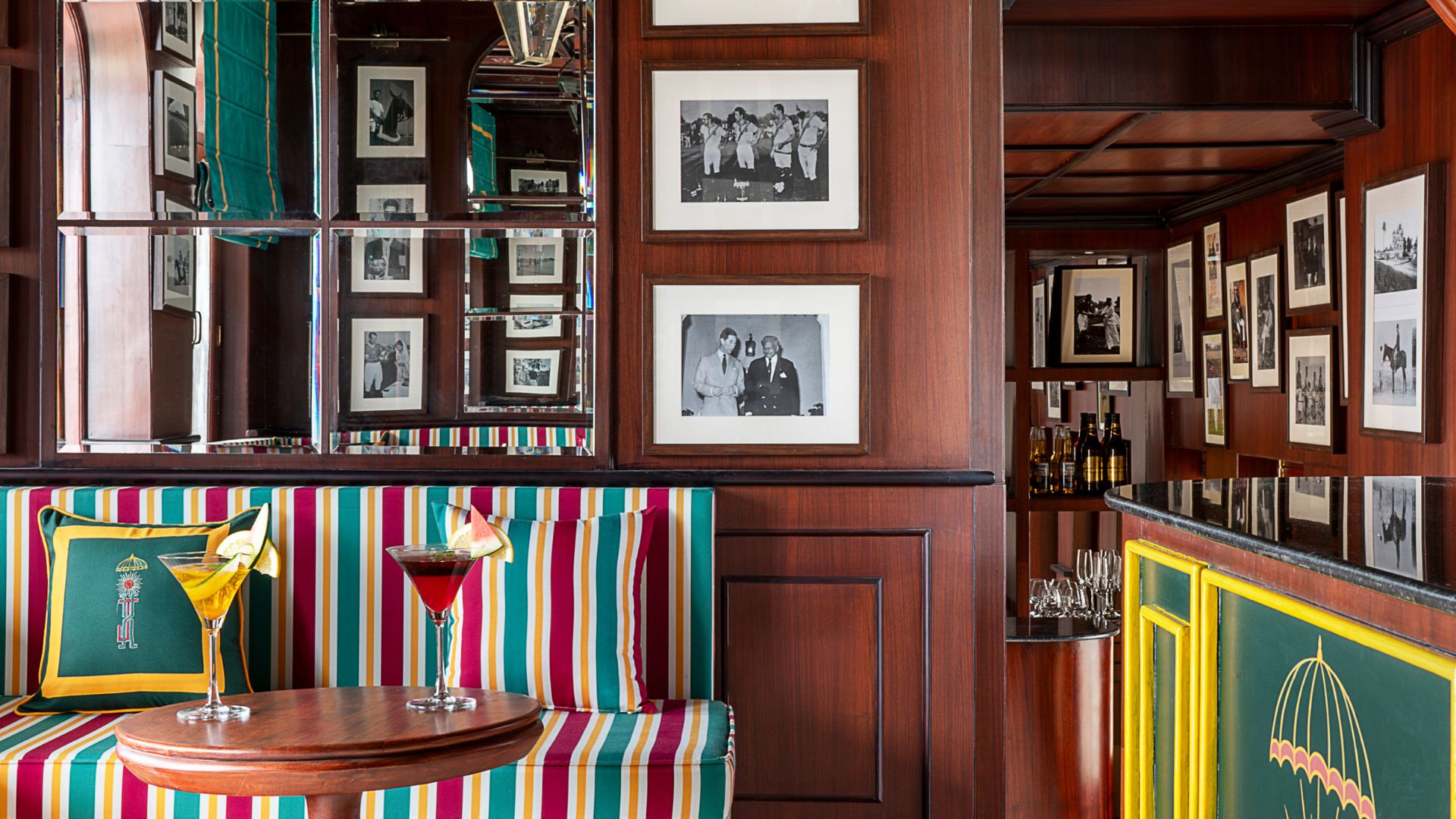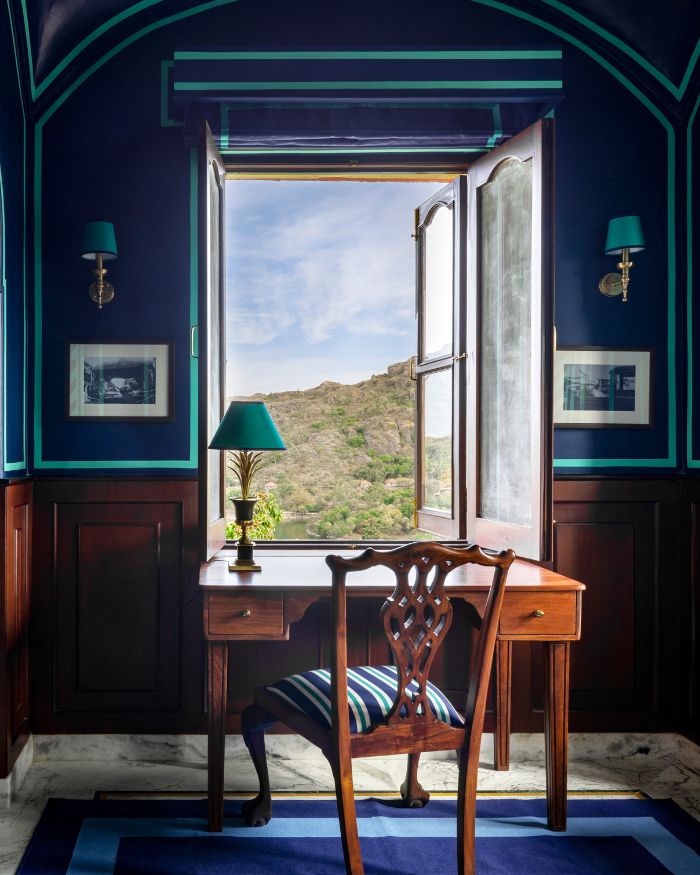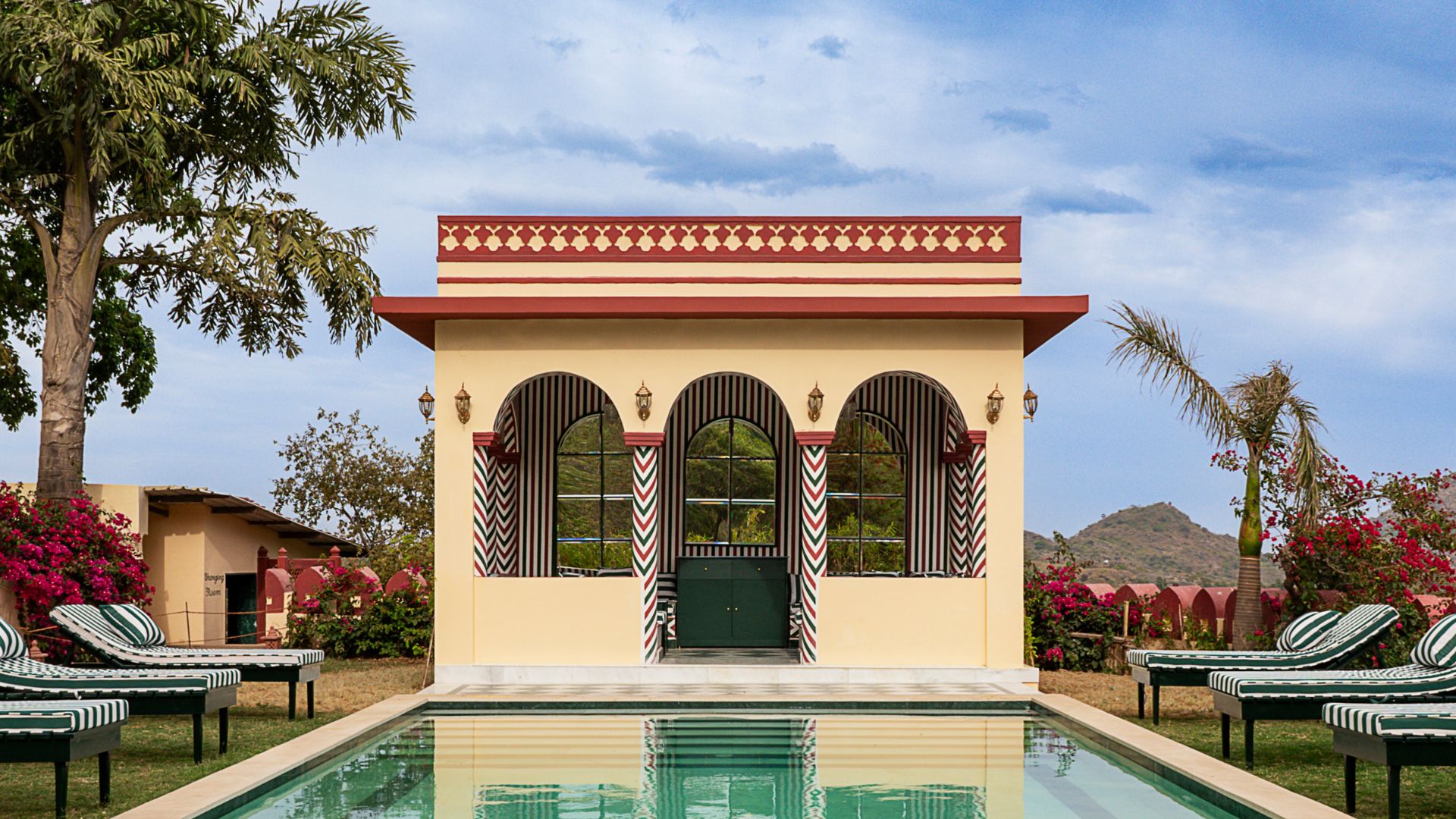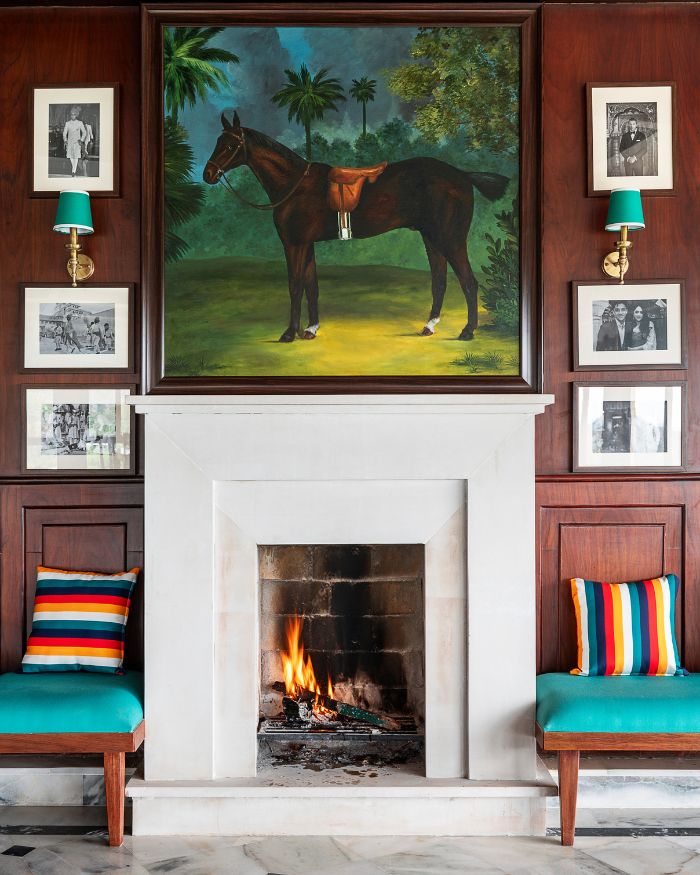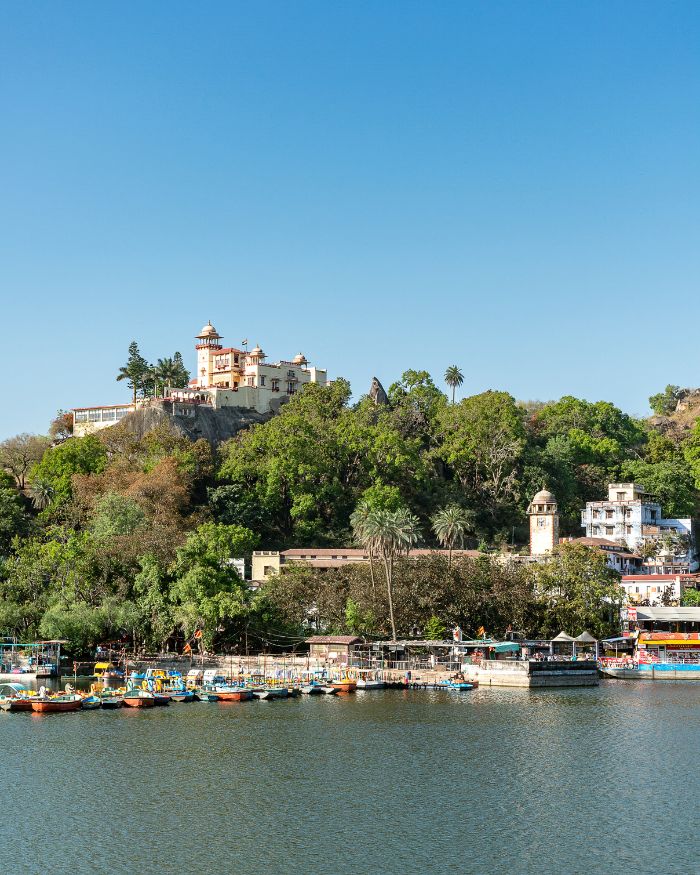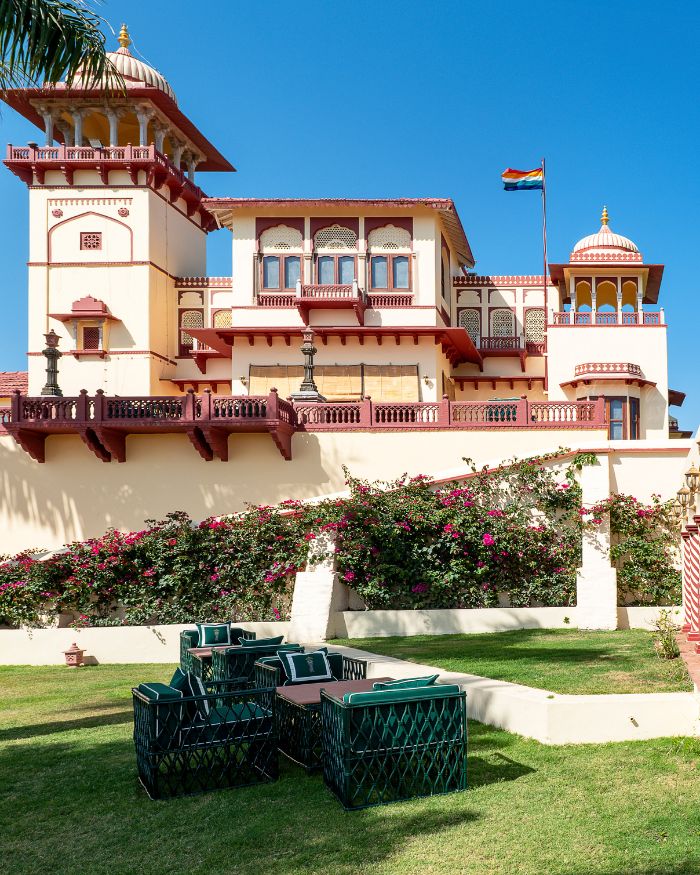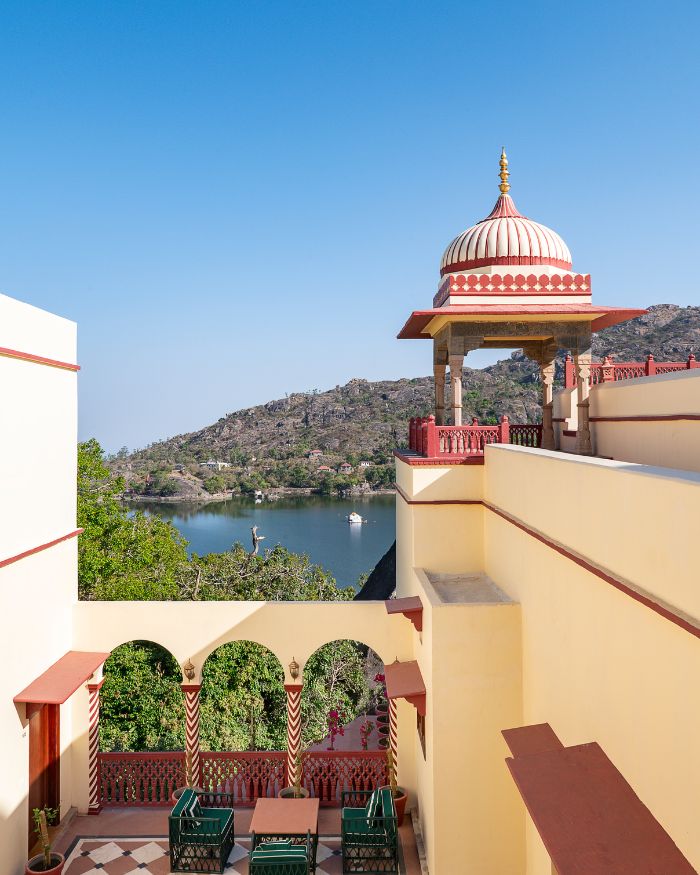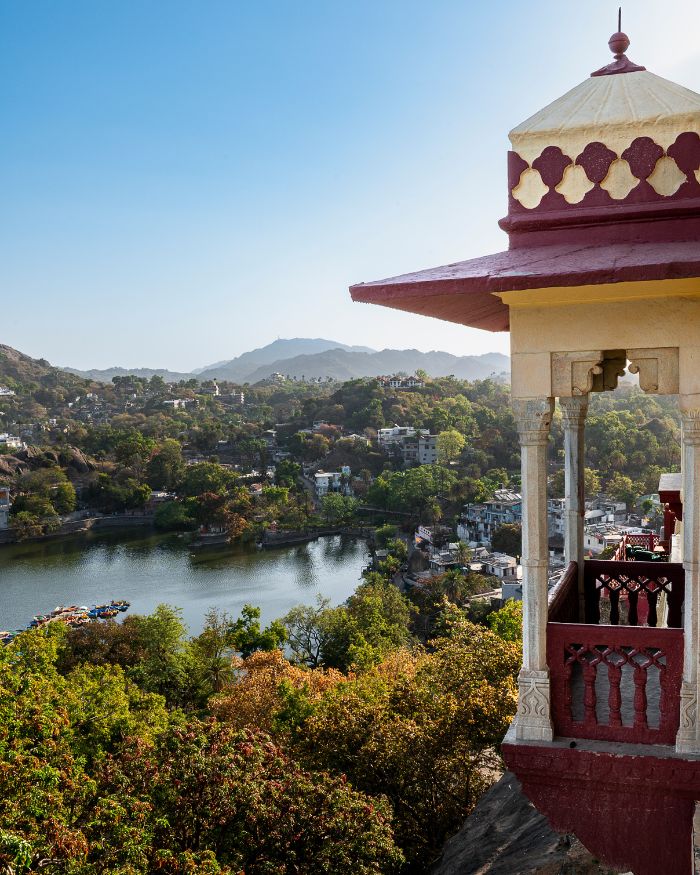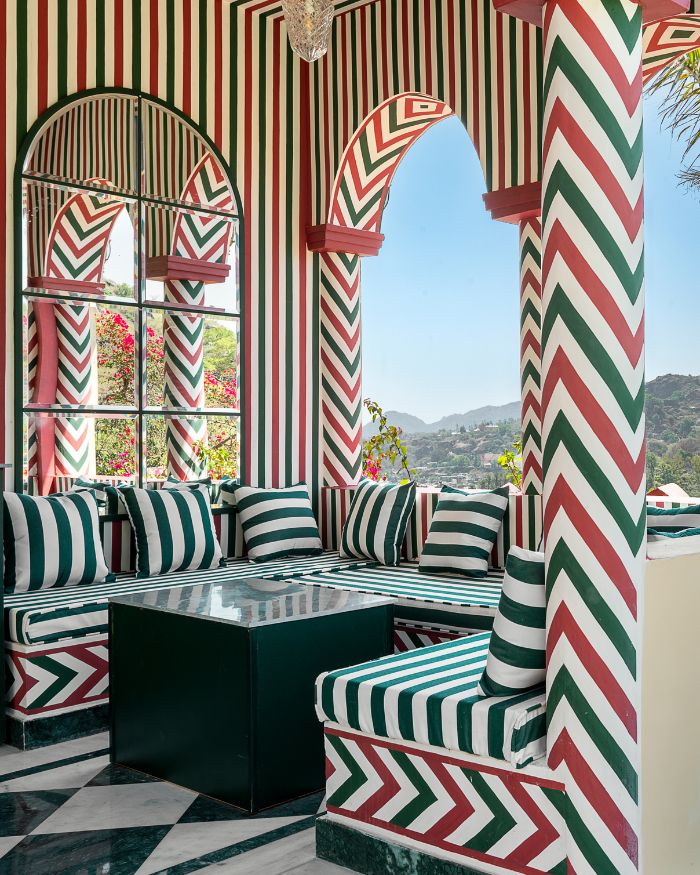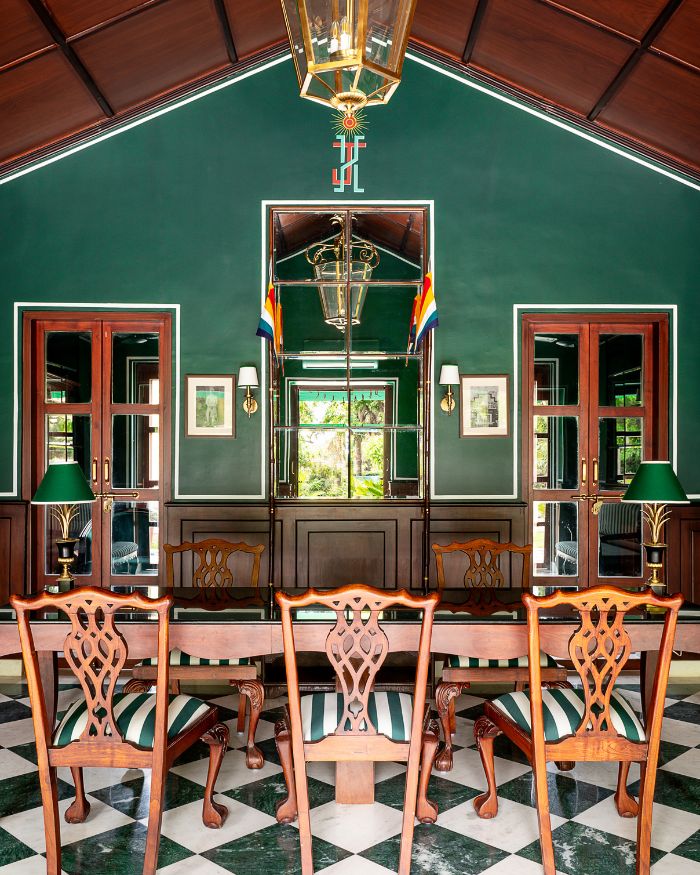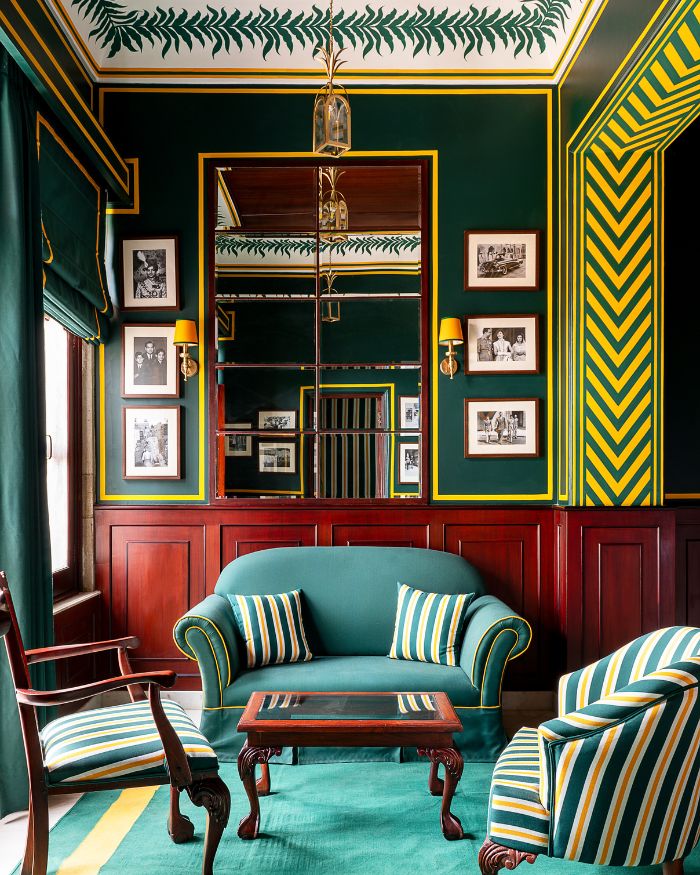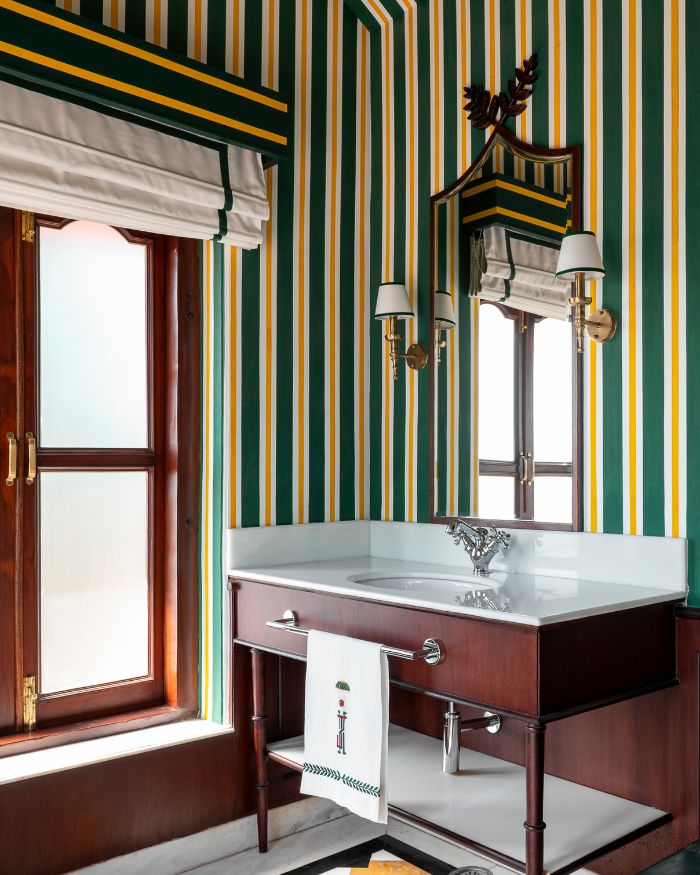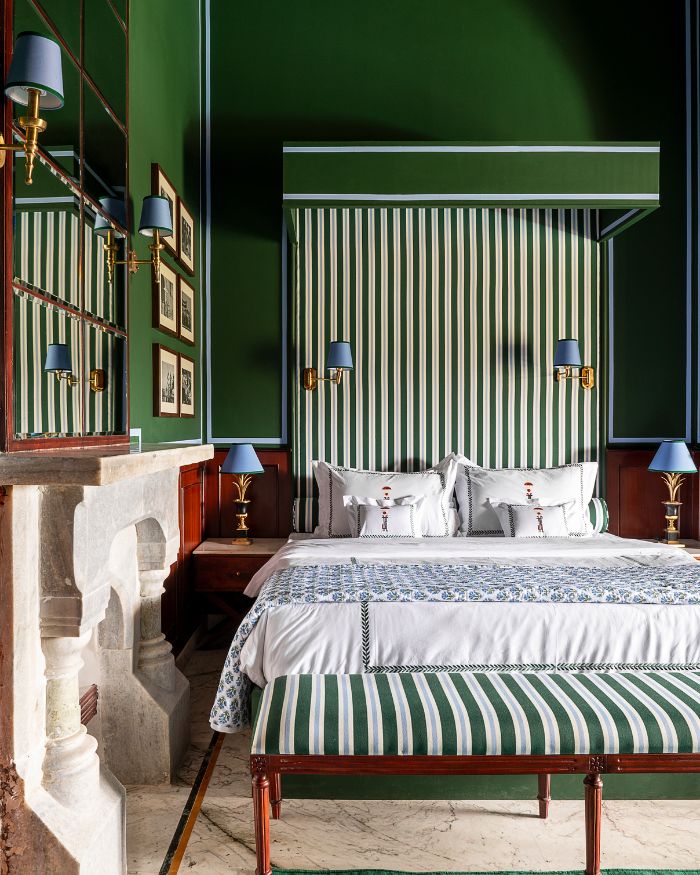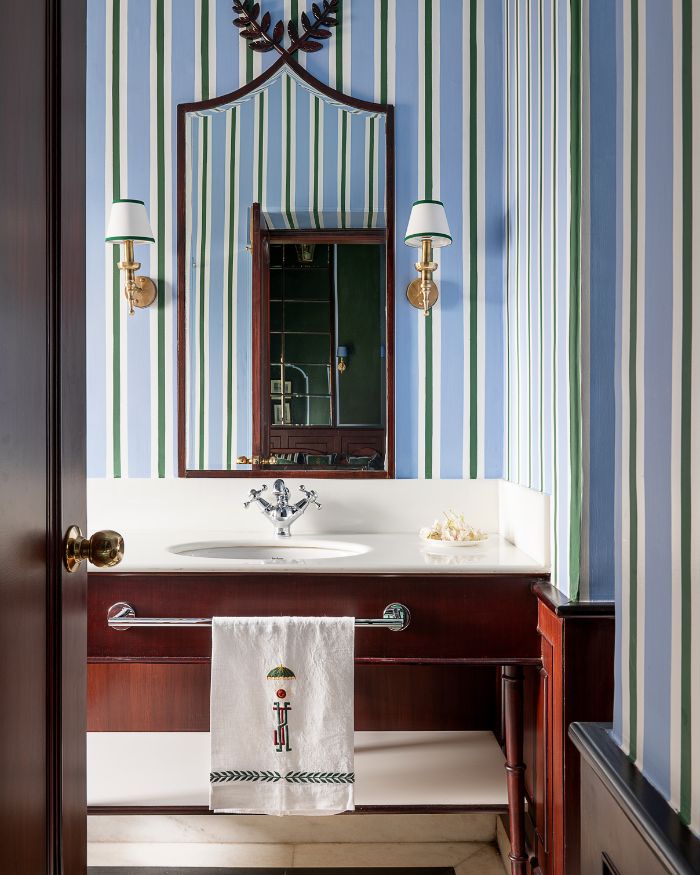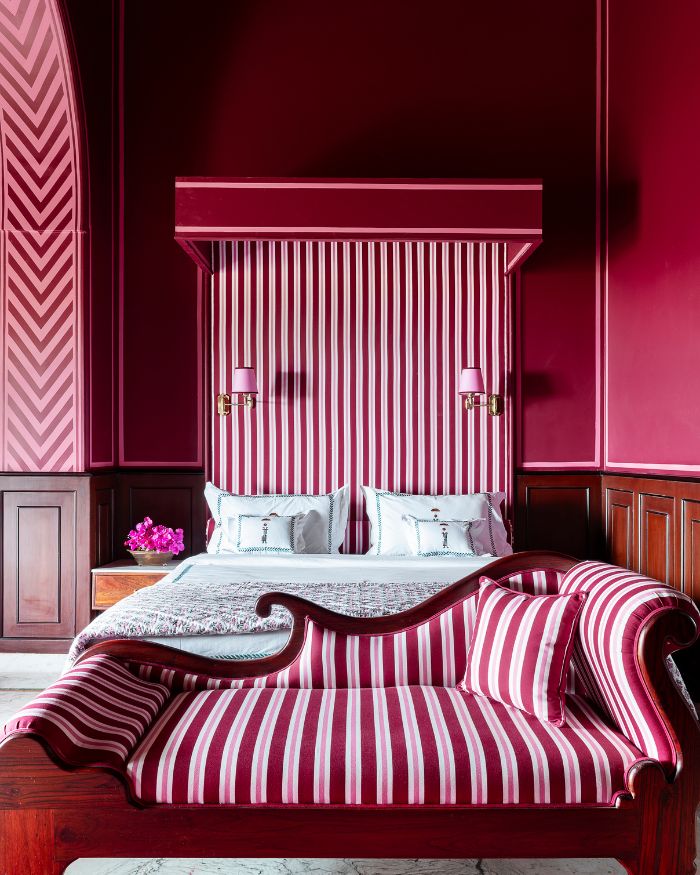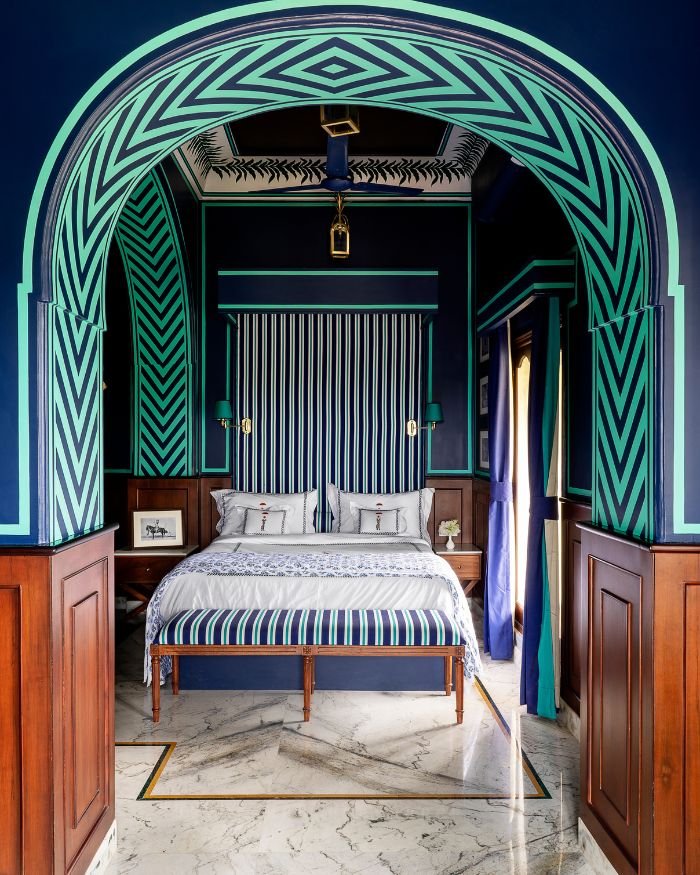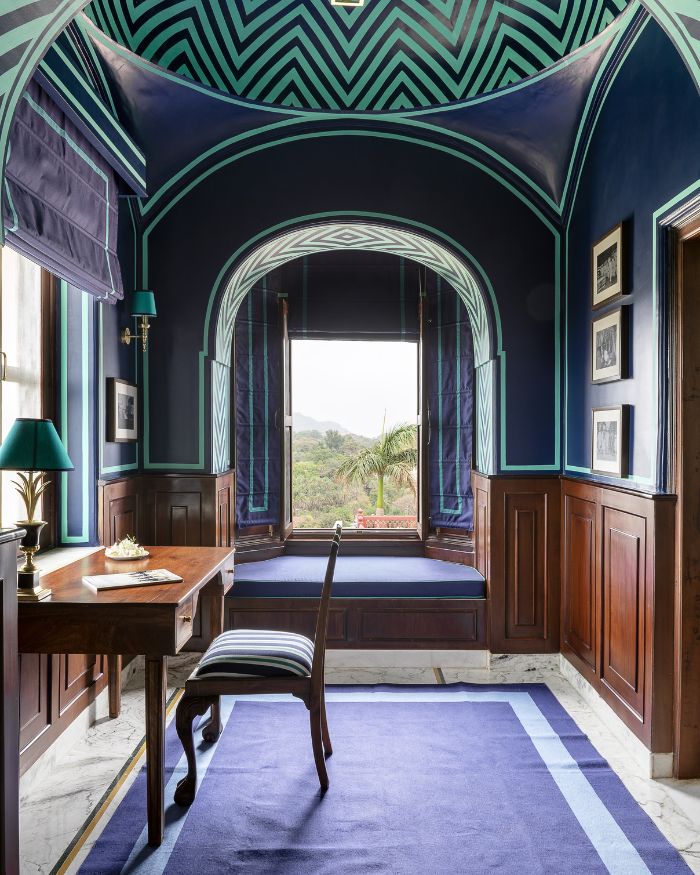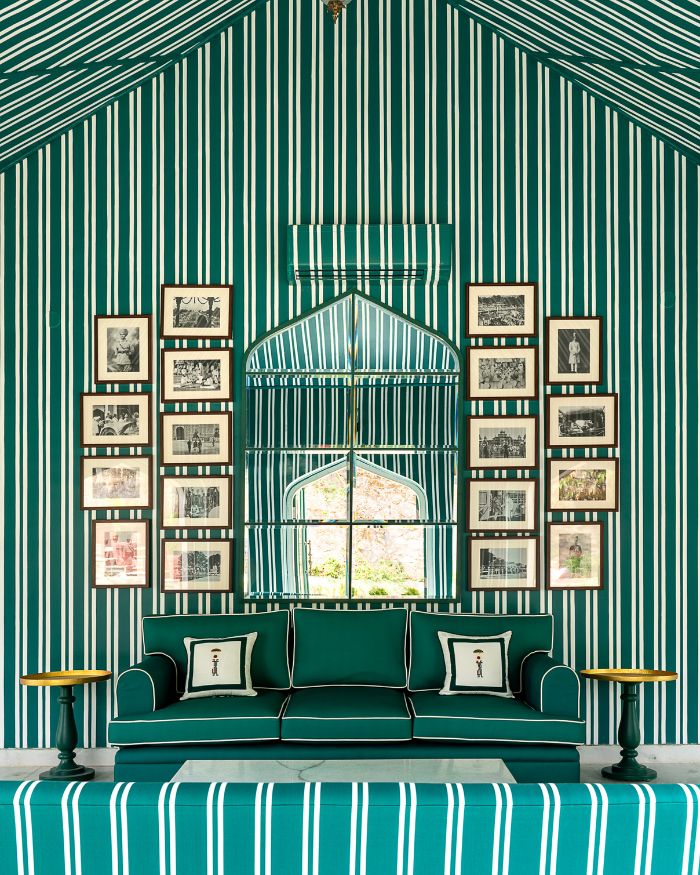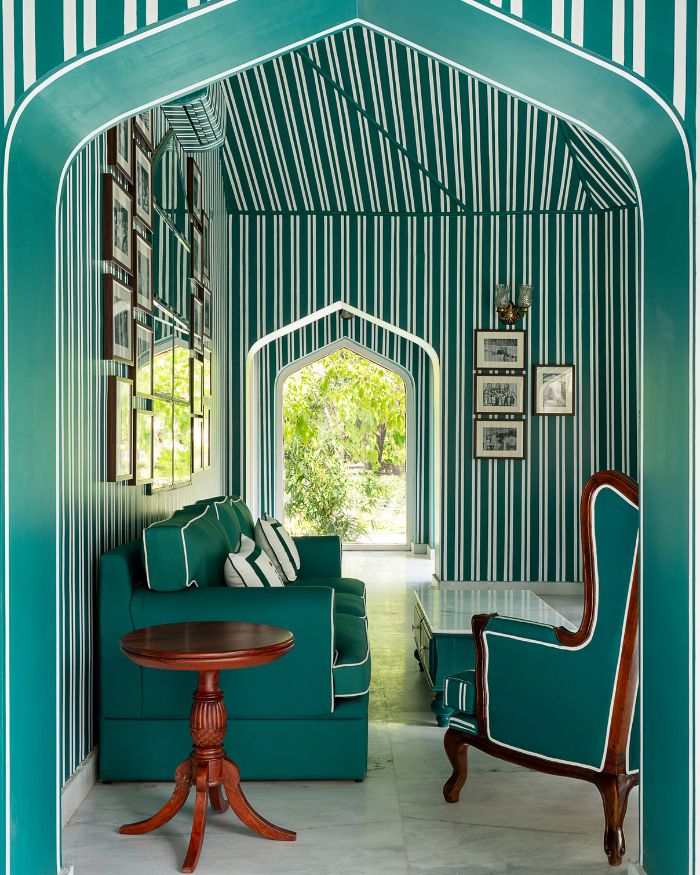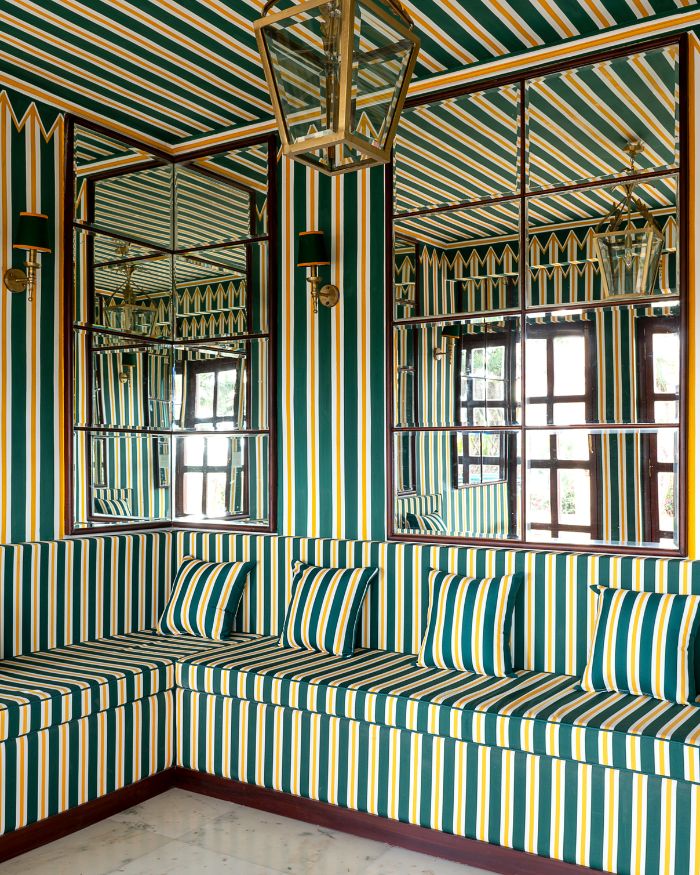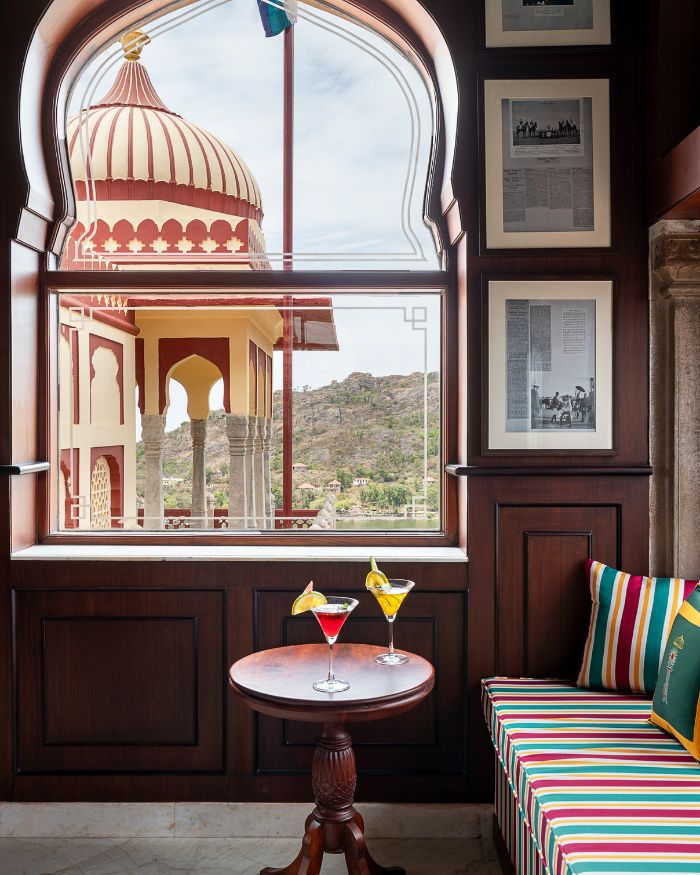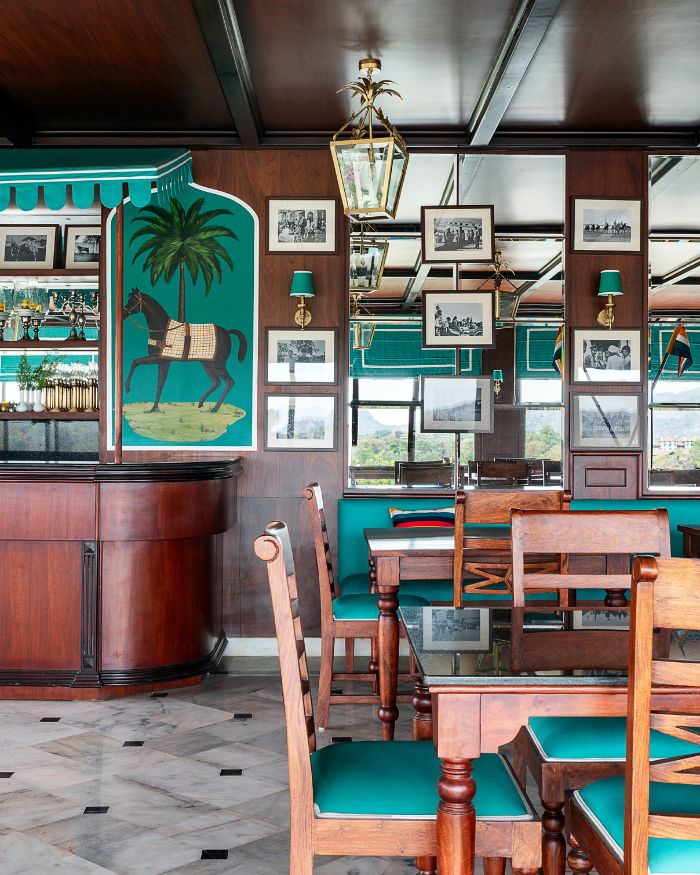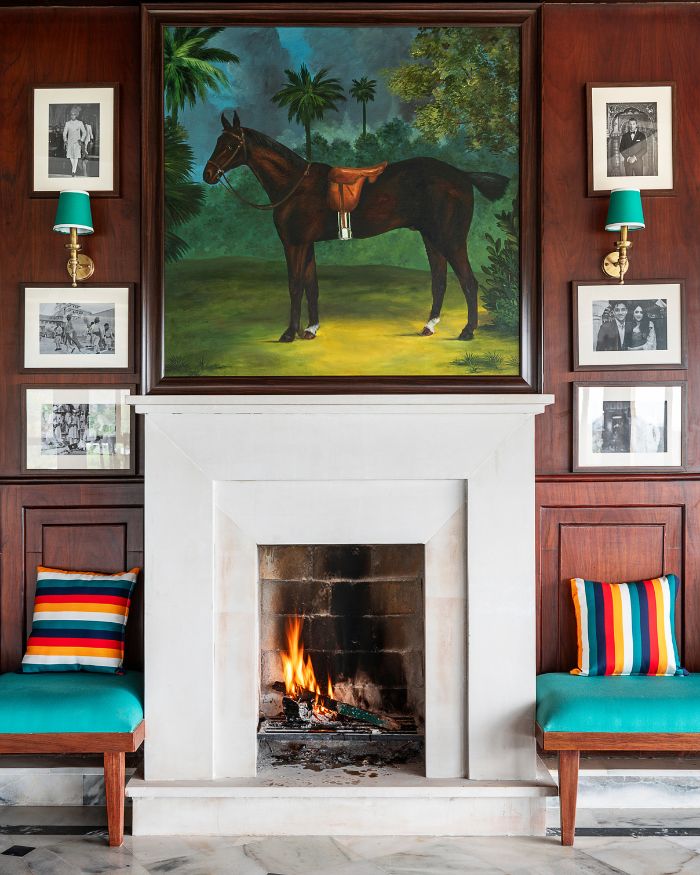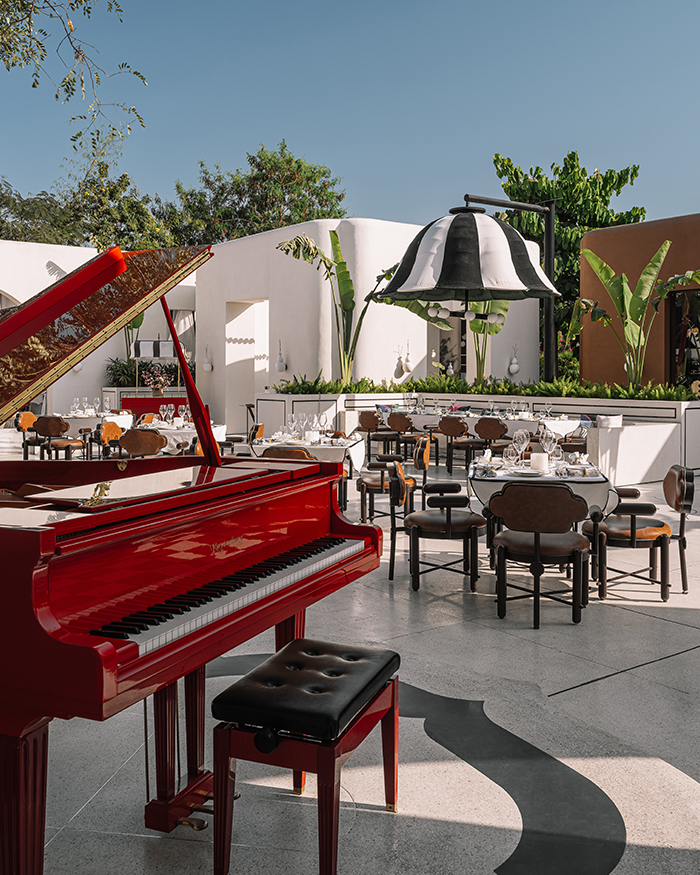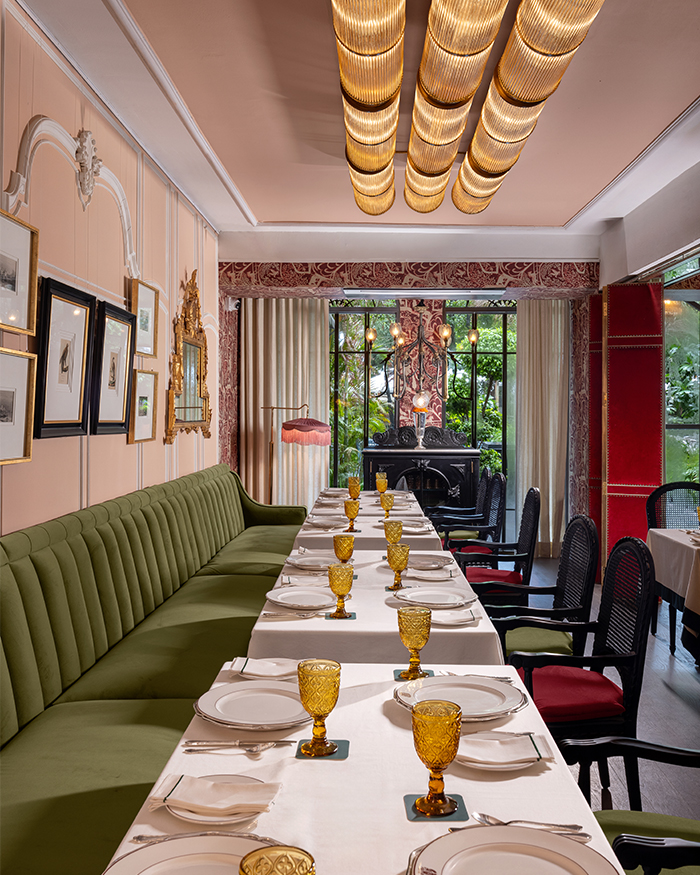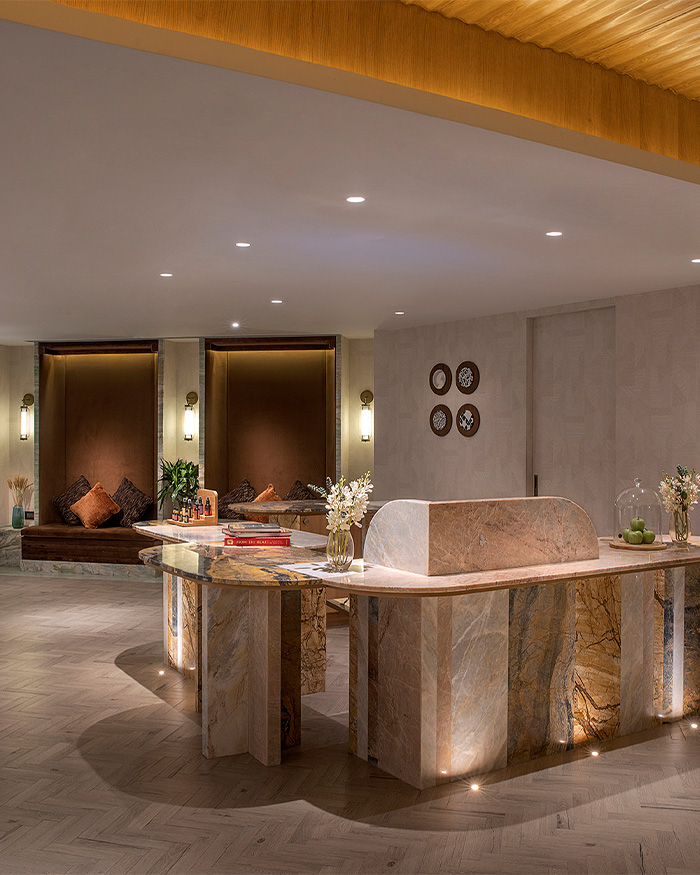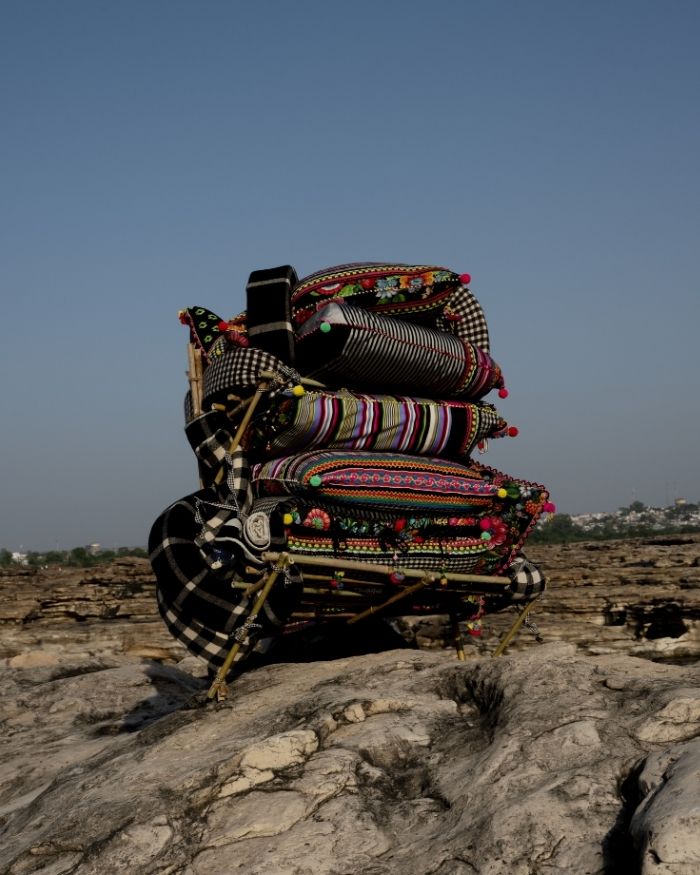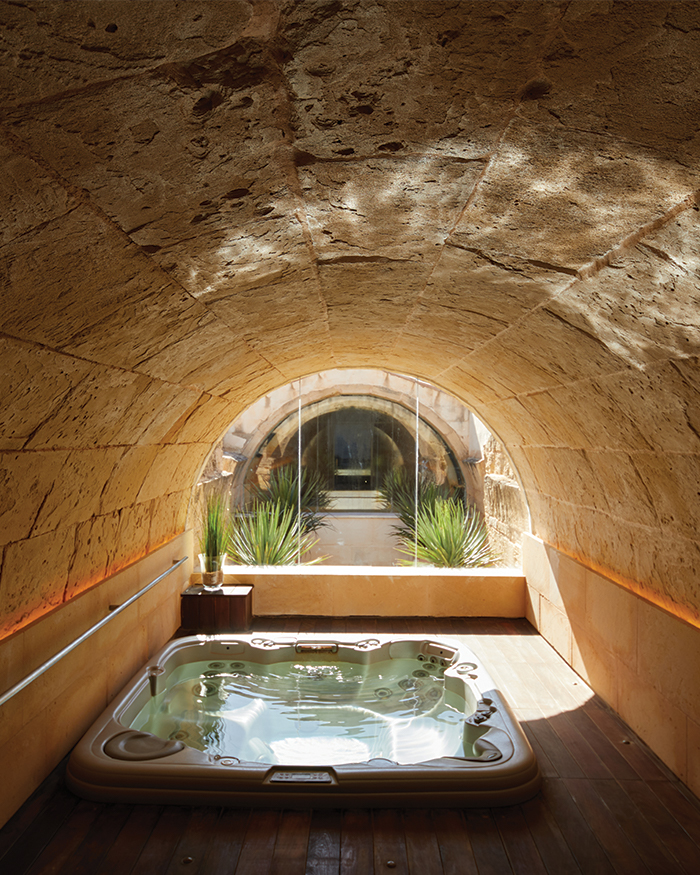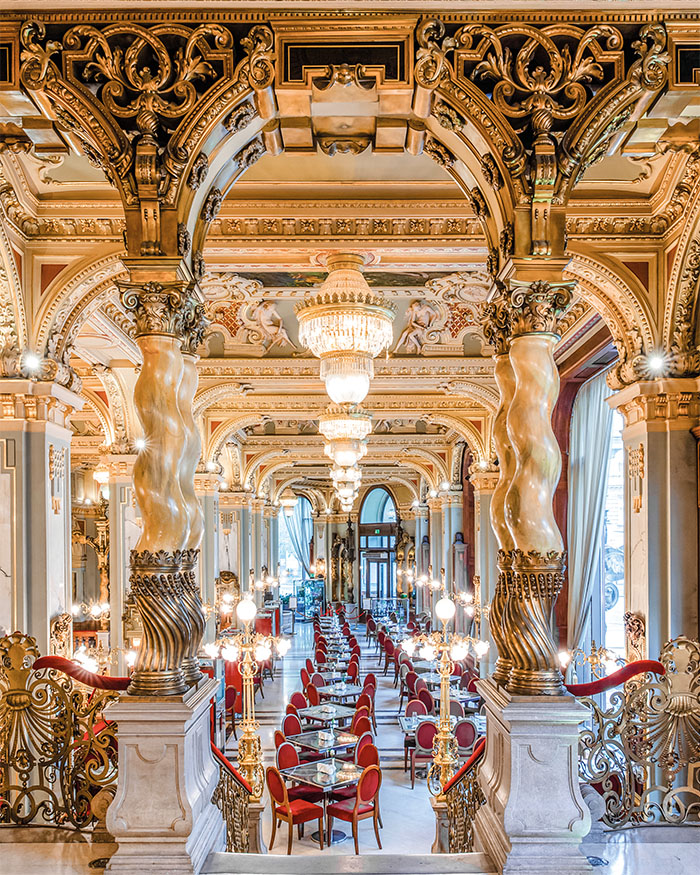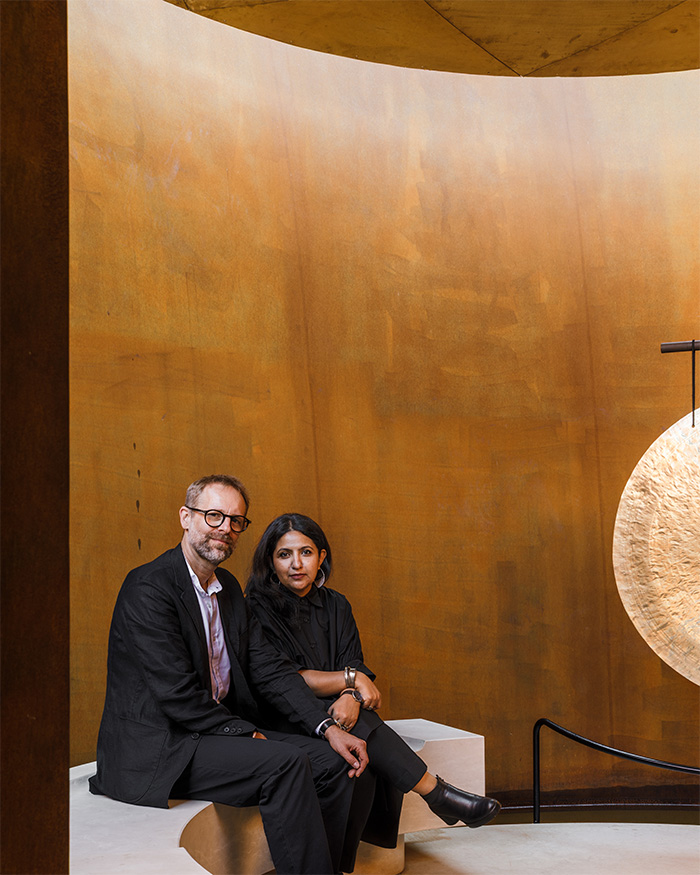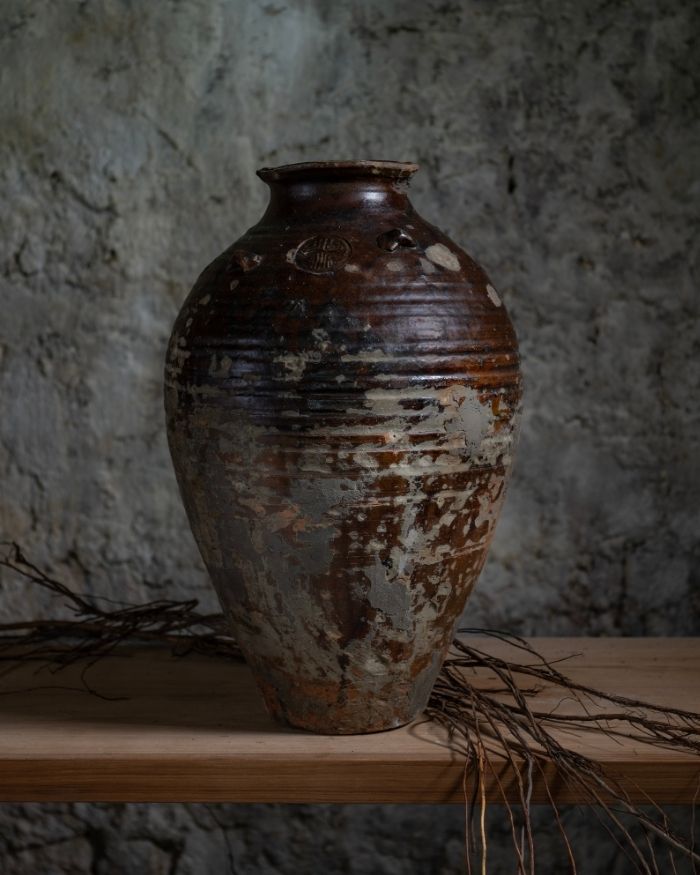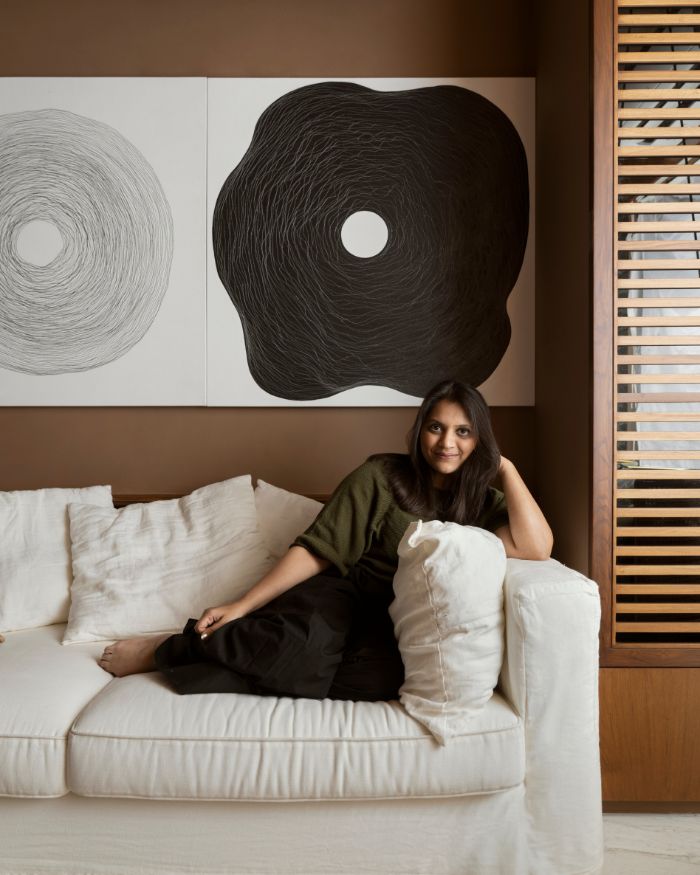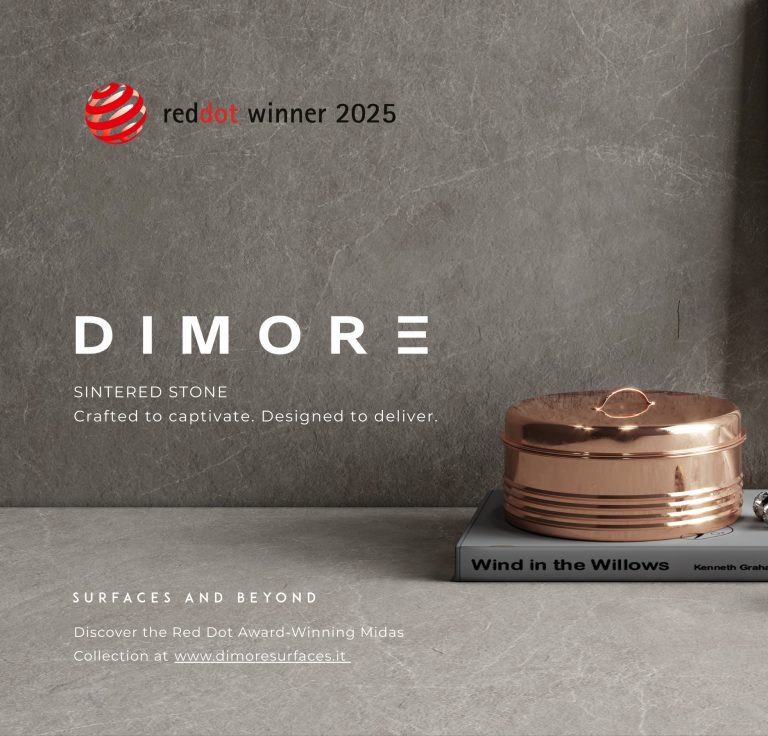A 19th-century palace converted into a heritage hotel in the 1990s. The fate of Jaipur House on Mount Abu is not out of the ordinary, especially in the Pink City. Yet it still whets a conversation, even for those of us who may not align (or agree) with the royal model of luxury. It’s important when talking about the Jaipur House to consider the liminal cultural context in which Ram Singh II, the erstwhile maharaja of the Princely State of Jaipur, created it in colonial India. Who was the man behind the title? What were his beliefs? And what remains hidden in plain sight today?
Upon first glance, the palace is an aesthetic delight. Overlooking the Nakki Lake, the erstwhile holiday home, located atop the Aravallis, offers picturesque vistas. Chattris tower over the hilly terrain. Arches, round and scalloped, repeat in a rhythmic gesture. Given the property’s history and keeping in mind its current role as a hotel, Ram Singh II’s great-grandson, Padmanabh Singh of Jaipur, entrusted its renovation to Dutch designer Marie-Anne Oudejans, perhaps best known for her candy-coloured interiors and use of patterns. “Following the traditions and surroundings,” says Marie, “I gave it a hill station feeling, with a touch of old-school English charm and love of polo.”
